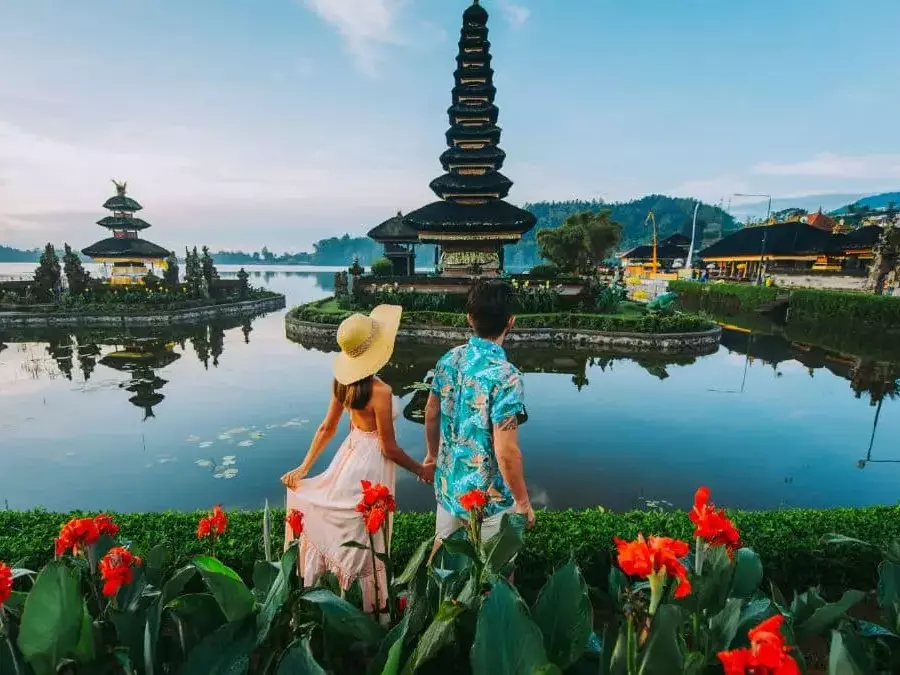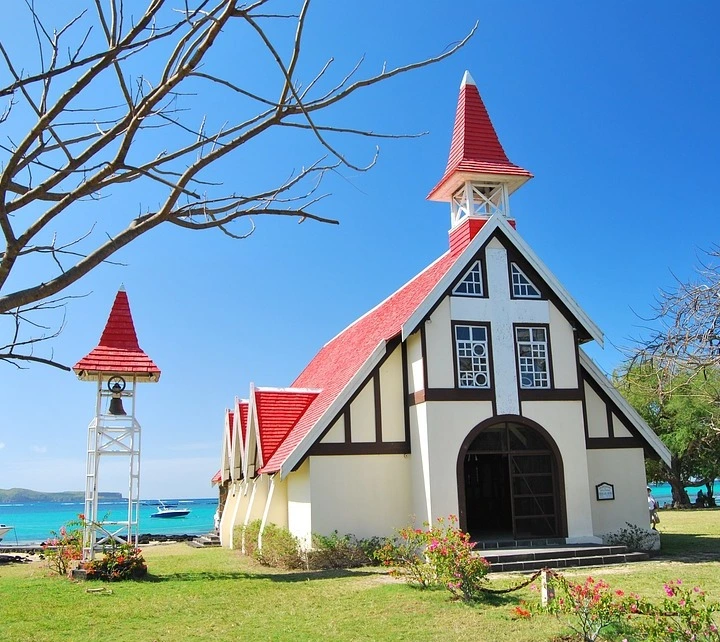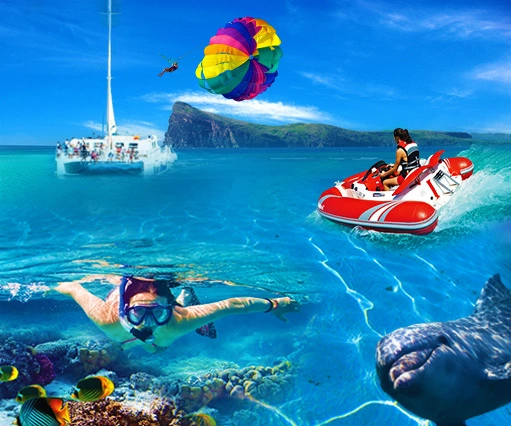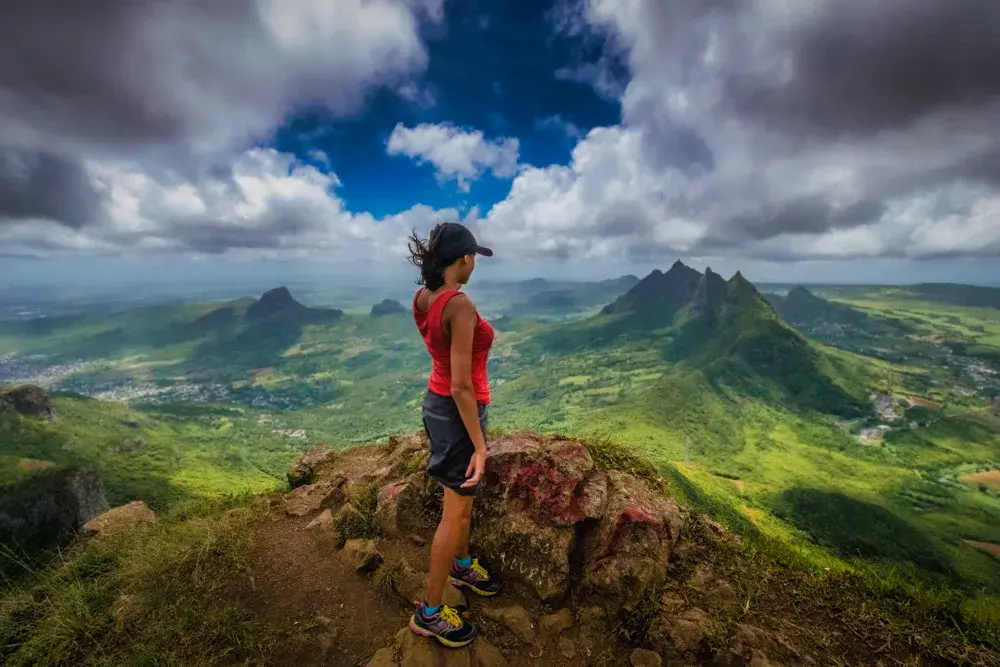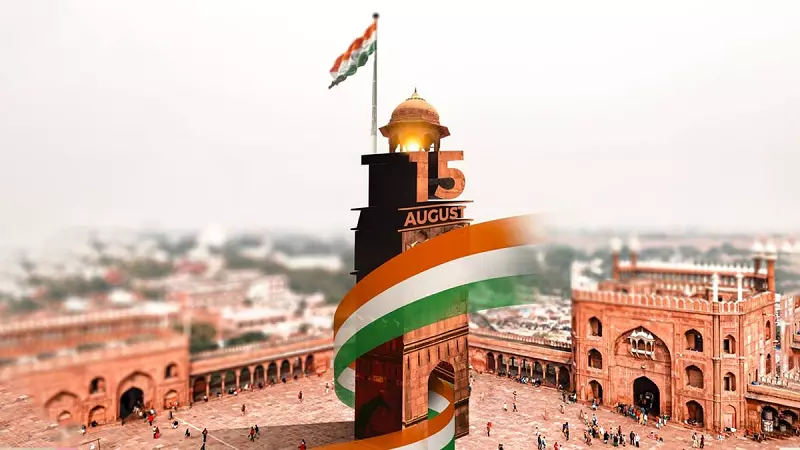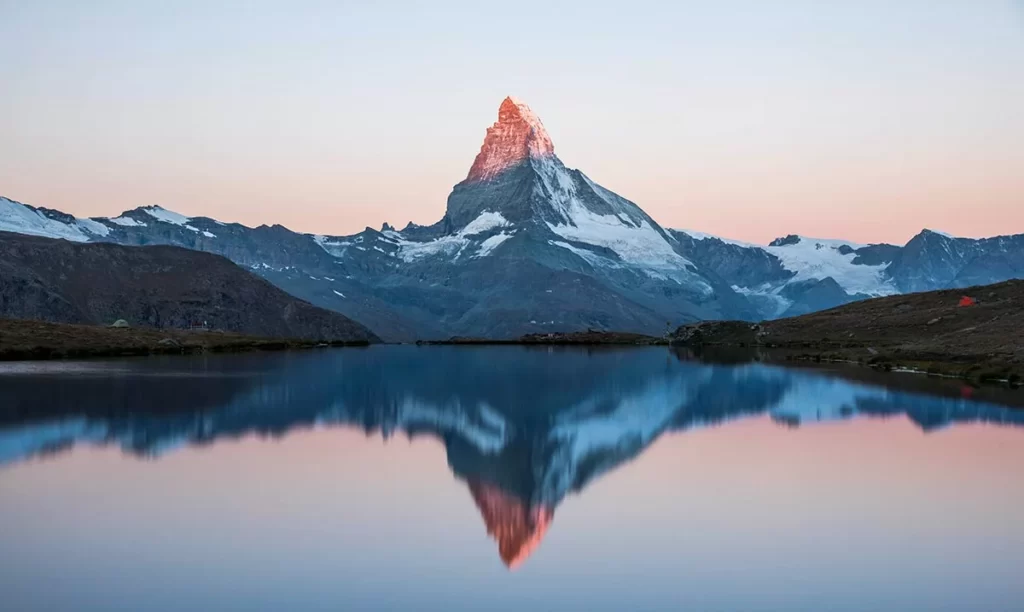The Largest Floating Island in the World
Lake Titicaca, nestled high in the Andes Mountains between Peru and Bolivia, is home to one of the most fascinating natural wonders on Earth: the world’s largest floating island. These unique islands, known as the floating islands of Titicaca or Islas Flotantes, are a testament to human ingenuity and adaptation to the natural environment. In this blog post, we’ll delve into the intricacies of these remarkable islands, exploring their creation, significance, and the way of life of the indigenous Uros people who call them home.
Lake Titicaca
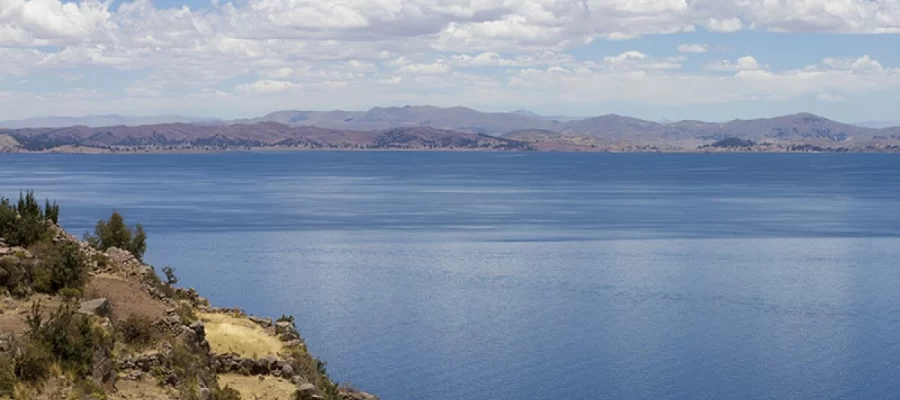
Lake Titicaca is not only the largest lake in South America but also one of the highest navigable lakes in the world, sitting at an elevation of over 3,800 meters (12,500 feet) above sea level. Spanning approximately 8,372 square kilometers (3,232 square miles), Lake Titicaca is a vast expanse of shimmering blue waters surrounded by snow-capped peaks and lush green hillsides. Its beauty and significance extend beyond its natural splendor, as it is deeply intertwined with the culture and history of the Andean region.
Lake Titicaca holds immense cultural significance for the indigenous communities that inhabit its shores, particularly the Uros people. These communities have inhabited the area for centuries, relying on the lake for sustenance, transportation, and spiritual connection. For the Uros people, Lake Titicaca is not just a body of water but a way of life—a source of identity, tradition, and resilience in the face of environmental challenges.
The Creation of Floating Islands
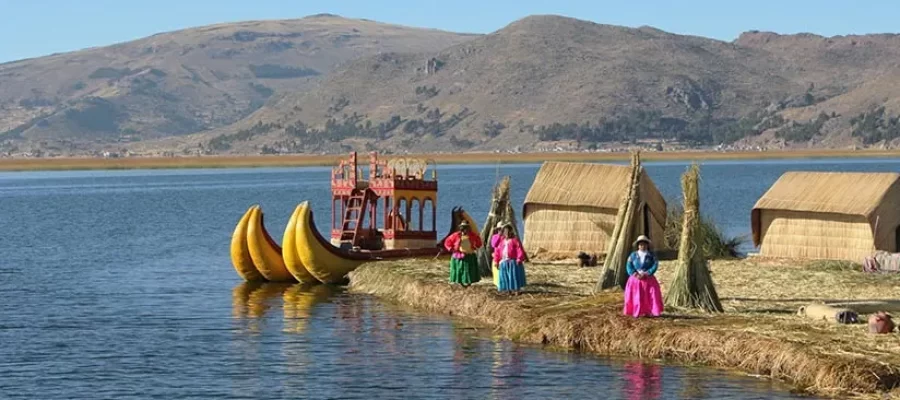
The floating islands of Titicaca are a marvel of human creativity and resourcefulness, crafted entirely from one of the lake’s most abundant resources: totora reeds. These reeds grow abundantly along the shores of Lake Titicaca and have been used by the Uros people for generations to construct their homes, boats, and, most notably, their floating islands.
To create a floating island, the Uros people begin by harvesting large bundles of totora reeds, which are then woven together to form a dense, buoyant mat. Layers upon layers of reeds are stacked and lashed together, creating a stable foundation that can support the weight of entire communities. The islands are anchored to the lakebed using ropes attached to stakes driven into the mud below, ensuring that they remain in place despite the ebb and flow of the water.
Life on the Floating Islands

Living on a floating island is a way of life unlike any other, characterized by a deep connection to the lake and a profound respect for nature. The Uros people rely on the lake for everything from food and water to transportation and building materials, making them entirely self-sufficient in their floating oasis.
The daily life of the Uros community revolves around fishing, farming, and traditional crafts, with each member playing a vital role in the island’s upkeep and maintenance. Families live in small, thatched-roof huts made from totora reeds, which are replaced regularly to prevent the islands from sinking. Despite their remote location, the Uros people have access to modern amenities such as solar panels for electricity and satellite dishes for communication, allowing them to stay connected to the outside world while preserving their traditional way of life.
Tourism and Sustainability

In recent years, the floating islands of Titicaca have become a popular tourist destination, attracting visitors from around the world eager to experience the unique culture and beauty of these remarkable islands. While tourism has brought economic opportunities to the Uros community, it has also posed challenges in terms of preserving their cultural heritage and environmental integrity.
As the number of visitors to the floating islands has increased, so too have concerns about the impact of tourism on the fragile ecosystem of Lake Titicaca. Efforts are underway to promote sustainable tourism practices and minimize the environmental footprint of visitors, including regulations on waste disposal, limits on the number of tourists allowed on the islands at any given time, and initiatives to educate visitors about the importance of preserving the lake and its surrounding environment.
Conclusion
The floating islands of Titicaca are more than just a tourist attraction; they are a living testament to the resilience, creativity, and adaptability of the human spirit. For the Uros people, these islands are not just a home but a sacred link to their ancestors and the natural world, embodying a way of life that has endured for centuries.
As we marvel at the beauty of the floating islands and immerse ourselves in the rich tapestry of Uros culture, let us also remember the importance of preserving this fragile ecosystem for future generations. By embracing sustainable tourism practices and supporting initiatives that promote cultural preservation and environmental stewardship, we can ensure that the world’s largest floating island continues to inspire wonder and awe for years to come.
Let us know your requirements. Our experts will curate the perfect itinerary for you.


